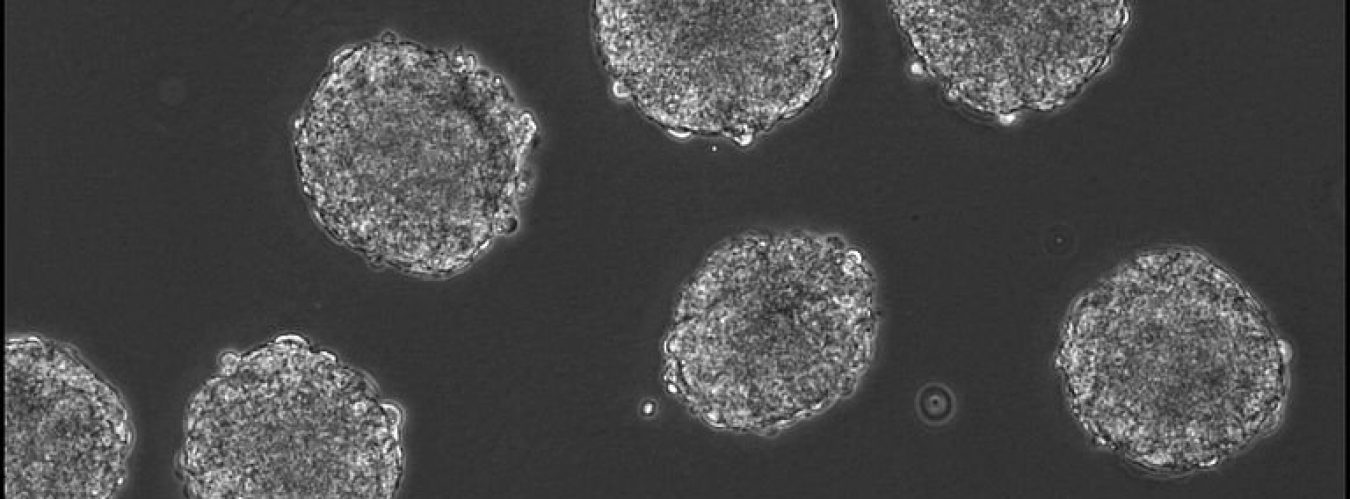Dr. Sasha Mendjan’s research team at the Institute of Molecular Biotechnology of the Austrian Academy of Sciences has recently developed heart organoids, called “cardioids”, which may revolutionize research within congenital heart and cardiovascular disorders. They utilized a naturally-occurring process known as “self-organization” instead of the standard experimental scaffolds. These new models are better able to model realistic physiological responses. The previous models were good for measuring contraction force, performing compound screens, and modeling structural muscle and arrhythmogenic disorders, but lacked in-vivo like architecture. In other words, the cells and tissue were there, but the structure and organization found in real hearts wasn’t.
The big problem is that tissue engineering can’t accurately replicate the self-organization process. It’s dynamic, interconnected, and complex in ways that researchers are still working towards understanding. So, the researchers had to mimic development by activating the appropriate differentiation pathways such as activin, bone morphogenic protein (BMP), fibroblast growth factor (FGF), retinoic acid, and WNT. Real, functional hearts have three layers and with these pathways activated, they proceeded to form. After about 1 week, the heart organioids formed 3D single-chambered structures that began to spontaneously contract. The scientists then tested the organoids in various ways to detect their responses. One such example was freezing parts of them to mimic the damage from a heart attack, resulting in cardiac fibroblasts migrating to the site, which is what naturally happens in the tissue repair process. This is the first time that a cardioid has ever shown in-vivo like responses to an injury, marking the start of a new era in translational research.
Here is the original article: https://www.cell.com/cell/fulltext/S0092-8674(21)00537-7

Good info. Thanks for posting.